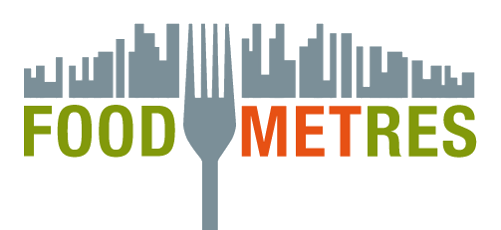Consumer-producer-partnership: CSA in Berlin-Brandenburg
Concept
Community supported agriculture (CSA) is an alternative model of food production and distribution that links farmers and consumers directly. A farmer and a group of consumers share the harvest as well as risks (like harvest failure) and costs associated with food production based on a mutual agreement. CSA members paying for a share in advance (in the early year) and guarantee so the basic income for the farmer and fund the purchase of seeds and equipment. In return the consumers receive periodically (mainly weekly) fresh harvested vegetables, fruits, herbs, flowers throughout the growing season. In contrast to box schemes, CSA operates with a much higher degree of involvement of consumers. The produce is usually delivered by the farmer to collecting points where the consumers organize the distribution. Sometimes the consumers have the possibility to work on the farms or are even obliged to. Many CSA´s offer farm visits, harvest festivals or other special events for their members. The CSA model has many variations e. g. on how the farm budget is supported by the consumers and how much they can influence the agricultural production (e. g. growing plan).

Implementing the Innovation
In Berlin-Brandenburg community supported agriculture is a new, but emerging phenomenon. While the first CSA farm in Germany (The Buschberghof near Hamburg) started already in 1988 with this concept of solidarity-based farming, the first farm in Brandenburg took over this idea in the year 2004. Since 2012 CSA farms in Brandenburg develop dynamically up to eleven farms purchasing organic food for around 600 households. The farms cultivate a high diversity of crops (also old and rare) and offer mainly fresh unprocessed food like vegetables, herbs, fruits and eggs. Most of the CSA farms in Berlin-Brandenburg have also other forms of income and activities like direct marketing on weekly markets and farms shops, run restaurants or offer educational programs or care farming. CSA farms in Brandenburg are mainly located in rural areas, some of them also in periurban or suburban areas with distances from 20-120 km to the centre of Berlin. They deliver food to the urban consumer, but some of them provide food for consumers in their surroundings. CSA can be considered as social innovation and offers an economic model for established farms, but also new entrants to agriculture.

Contribution to shortening food supply chains
CSA farming can be understood as special type of direct marketing providing fresh regional food mainly from organic farming. Many farms are certified to organic standards and conform to the original idea of organic agriculture which is based on biological cycles etc. as well as regional economic cycles encompassing regional production and consumption. In this way, they shorten the (transportation) distance between places of production and consumption and create a closer relationship between producers and consumers.
Sources and further readings (selection):
German network: www.solidarische-landwirtschaft.org
International network URGENCI (Urban - Rural Network: Generating new forms of Exchange between Citizens): www.urgenci.net
Soil Association 2011: The impact of community supported agriculture. Available from http://www.soilassociation.org/
Van Elsen T., Kraiß K. 2012: Solidarische Landwirtschaft: Community Supported Agriculture (CSA) in Deutschland. In: Der Kritische Agrarbericht 2012, p. 59-64. Available from http://www.kritischer-agrarbericht.de/fileadmin/Daten-KAB/KAB-2012/vanElsen_Kraiss.pdf
Wild, S. 2012: Sich die Ernte teilen – Eine Einführung in die Solidarische Landwirtschaft; Printsystem Medienverlag, Heimsheim.
